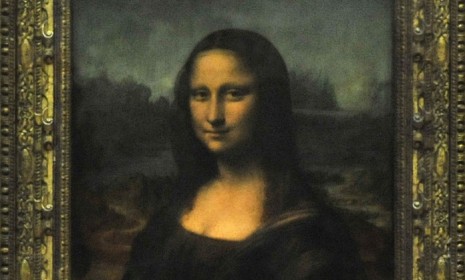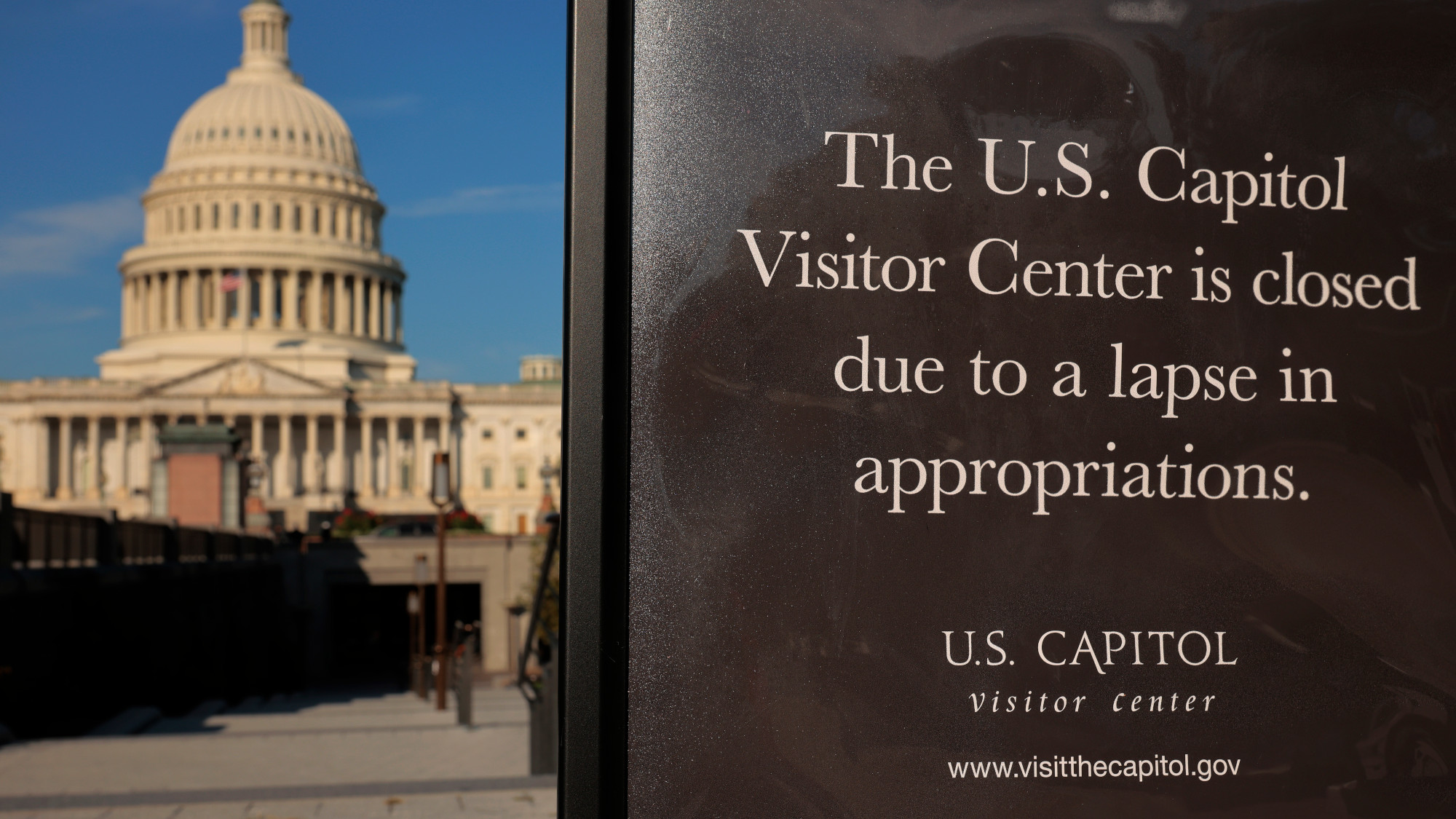Mona Lisa was a gay man? Plus: 6 more da Vinci theories
Leonardo da Vinci created one of the world's most famous paintings, and one of the most mysterious. Here are seven attempts to unlock the secrets of the Mona Lisa

Leonardo da Vinci's Mona Lisa remains one of the most scrutinized works of art in the world, in part because it remains so inscrutable. From the subject's enigmatic smile to the nuances of da Vinci's technique, the Mona Lisa has become an object of obsession for some scholars. Here are seven recent theories about the iconic painting:
1. Mona Lisa was modeled after da Vinci's gay lover
People searching for the woman who served as the model for Mona Lisa may have been barking up the wrong tree, says Italian researcher Silvano Vinceti. Vinceti maintains that the painting's inspiration was in fact Gian Giacomo Caprotti, da Vinci's longtime apprentice and, according to many art historians, his lover. Also called Salai, Caprotti was the model for at least two other da Vinci paintings, and based on those images, "Leonardo certainly inserted characteristics of Salai in the last version of the Mona Lisa," Vinceti says.
The Week
Escape your echo chamber. Get the facts behind the news, plus analysis from multiple perspectives.

Sign up for The Week's Free Newsletters
From our morning news briefing to a weekly Good News Newsletter, get the best of The Week delivered directly to your inbox.
From our morning news briefing to a weekly Good News Newsletter, get the best of The Week delivered directly to your inbox.
2. Nonsense. Leonardo painted Lisa del Giocondo
Mona Lisa was definitely Lisa Gherardini, the wife of Florentine merchant Francesco del Giocondo, just as most historians thought, according to an expert at Germany's Heidelberg University. Library manuscript expert Armin Schlechter confirmed it, the university said, by finding a note scribbled in an old book's margins by Agostino Vespucci, a friend of da Vinci's, in 1503.
3. There really is a da Vinci code, in Mona Lisa's eyes
Before coming up with the gay-lover theory, Vinceti claimed another discovery: Da Vinci painted tiny numbers and letters on Mona Lisa's eyes, he insists. The letters include LV, presumably his initials, and in the other eye, a B and S and the number 149. Vinceti interpreted these as meaning that Mona Lisa is really a woman in the household of da Vinci's patron in the 1490s, Ludovico Sforza, the Duke of Milan, and his wife, Beatrice D'Este. Vinceti also found the number 72, which he says reflects da Vinci's interest in religion and mysticism.
A free daily email with the biggest news stories of the day – and the best features from TheWeek.com
4. She was 83 percent happy
What better way to unlock the secret of Mona Lisa's smile than with computer technology? Nicu Sebe at the University of Amsterdam analyzed the painting using emotion recognition software, comparing Mona Lisa's facial features against a database of women's expressions. His conclusion? Mona Lisa was 83 percent happy, 9 percent disgusted, 6 percent fearful, and 2 percent angry.
5. She was pregnant
In 2006, the National Research Council of Canada did an extensive, super detailed 3-D scan of the painting. They discovered that her hair was originally in a bun and that her dress has a "very fine gauze veil," says Michel Menu at the French Museums' Center for Research and Restoration. The veil "was something typical for either soon-to-be or new mothers at the time." One theory holds that the painting was to commemorate the birth of Lisa Gherardini's second son. A British doctor had similarly concluded that Mona Lisa was pregnant in 1959, based on her "puffy neck."
6. And had high cholesterol?
Sicilian medical expert Vito Franco at the University of Palermo has what Time calls "probably the least poetic explanation imaginable for why the woman looks the way she does: high cholesterol." Franco, who uses his medical knowledge to study works of art, diagnoses La Gioconda with xanthelasma, the accumulation of cholesterol just under the skin, based on telltale sings around her left eye and a fatty tumor on her right hand.
7. Mona Lisa's voice was low and sultry
Japanese forensic scientist Matsumi Suzuki, at the request of the Japanese promoters of the movie The Da Vinci Code, tried to re-create the voices of both da Vinci and Mona Lisa, whoever she (or he) was. Suzuki's team examined a photo of the painting to measure Mona Lisa's face and hands, to model her skull, and to determine her height: about 5' 6". The result? "Mona Lisa's presumptive voice, it can now be said, is a bit on the deep side though not throaty," says Carl Freire of the Associated Press, while da Vinci's is "also deep but more nasal." (Watch Mona Lisa "speak" below)
-
 Taking aim at Venezuela’s autocrat
Taking aim at Venezuela’s autocratFeature The Trump administration is ramping up military pressure on Nicolás Maduro. Is he a threat to the U.S.?
-
 Comey indictment: Is the justice system broken?
Comey indictment: Is the justice system broken?Feature U.S. attorney Lindsey Halligan has indicted former FBI Director James Comey on charges of lying and obstructing Congress
-
 Government shuts down amid partisan deadlock
Government shuts down amid partisan deadlockFeature As Democrats and Republicans clash over health care and spending, the shutdown leaves 750,000 federal workers in limbo